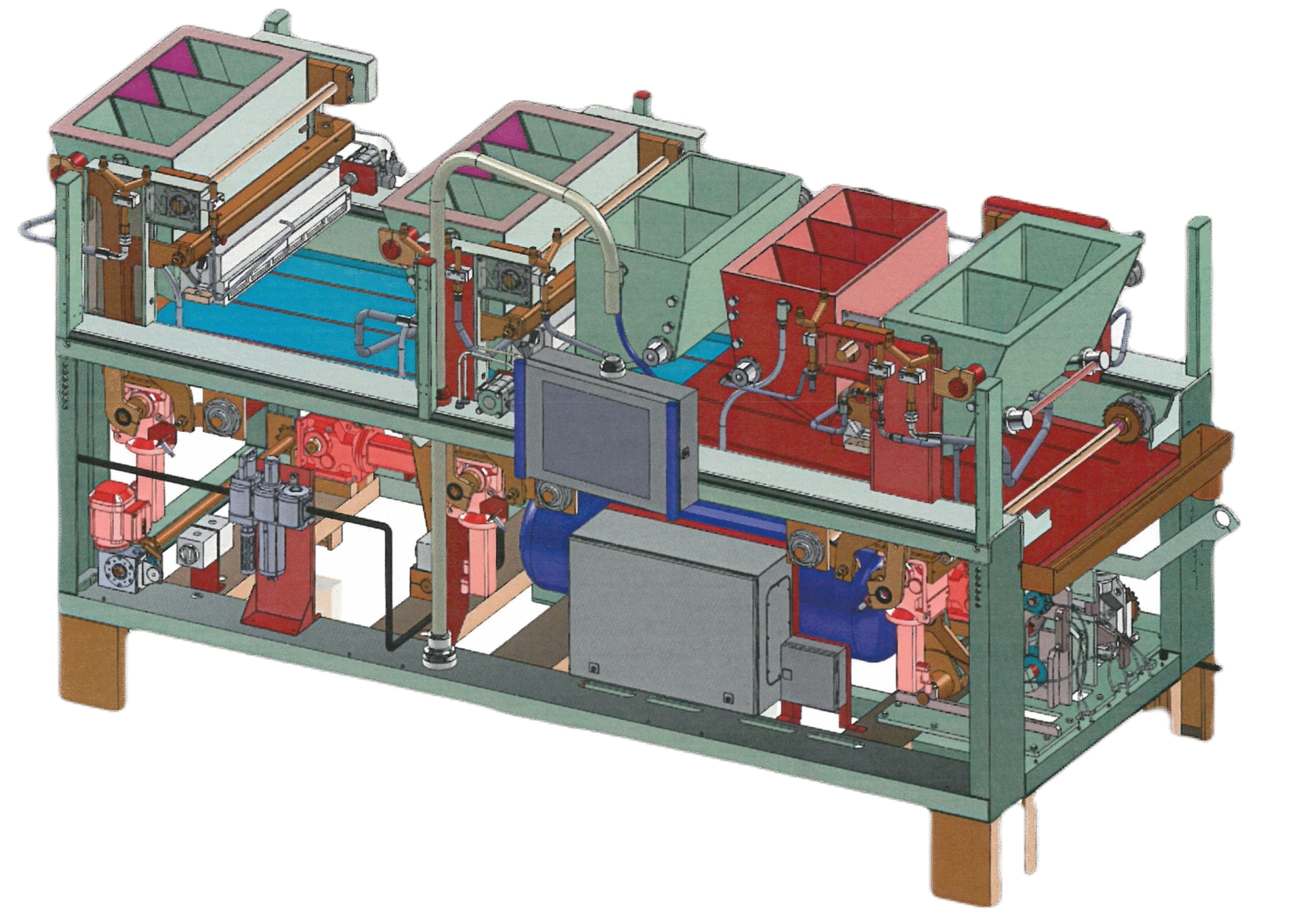Solving Design Challenges, Line by Line
Professional CAD Drafting & 3D Modelling Services in Australia
Accurate, fast and fabrication-ready drawings for builders, fabricators and manufacturers.
KEVOS® delivers high-quality CAD drafting, SolidWorks 3D modelling, and fabrication shop drawings for clients across Australia. We support builders, fabricators, metalworkers and manufacturers with precise, industry-compliant technical drawings that reduce errors and accelerate production.
Our Services
SolidWorks 3D Modelling
Precise parametric modelling for parts, assemblies and product development.
Manufacturing Documentation Packs
Complete documentation packs that streamline production.
2D CAD Drafting
Professional 2D drafting for fabrication, construction and architectural requirements.
Sketch-to-CAD Conversion
Turn simple sketches, measurements or photos into professional drawings.
Fabrication & Shop Drawings
Build-ready shop drawings with all necessary dimensions, weld notes, BOMs and sections.
Ongoing CAD Support
Weekly or monthly drafting support for busy businesses.
Our Portfolio
Our Work
Showcasing completed shop drawings, SolidWorks assemblies, fabrication detailing, as-built documentation, and custom CAD projects across Australia.
What our customers say



